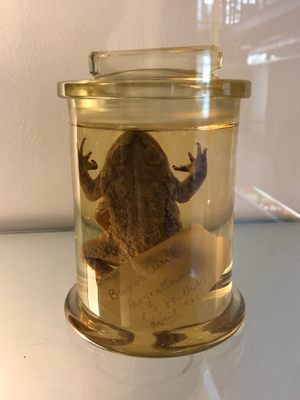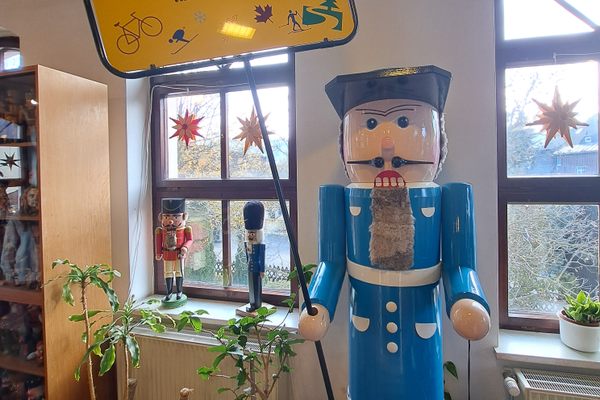About
The Natural History Museum, one of the three large museums on Exhibition Road in London, is particularly famous for its exhibition of dinosaur skeletons. But those are not the only life and earth specimens that the museum holds; within its walls, there are more than 70 million items sorted into five main collections. Among those, the specimens collected by Charles Darwin himself.
Opened to the public in September 2009, the Darwin Centre's collection allows museum visitors to "explore world-class science in action in a dramatic new public space" according to the museum's website. "The Darwin Centre is a state-of-the-art science and collections facility. The building is the most significant expansion at the Museum since it moved to South Kensington in 1881."
The "spirit collections" are those preserved in alcohol, of which there are millions, some on display, but most stored in jars in what looks like filing cabinets that are several metres long; these are inaccessible to the public unless you sign up for a tour of the Centre. Several species found by Darwin were the first of that species to be discovered and are preserved in glass jars with golden yellow tops.
The most famous creature preserved in spirits is arguably a giant squid, more than 8.5 meters long, affectionately named Archie. But there is also a pretty impressive Komodo dragon, and the specimens of smaller species are just as spine-chillingly and mind-bogglingly fascinating as the larger ones.
Related Tags
Know Before You Go
The nearest Tube is South Kensington on the District, Piccadilly and Circle lines. Buses 14, 49, 70, 74, 345, 360, 414 and C1 stop near the museum.
Community Contributors
Added By
Published
February 11, 2013










































































